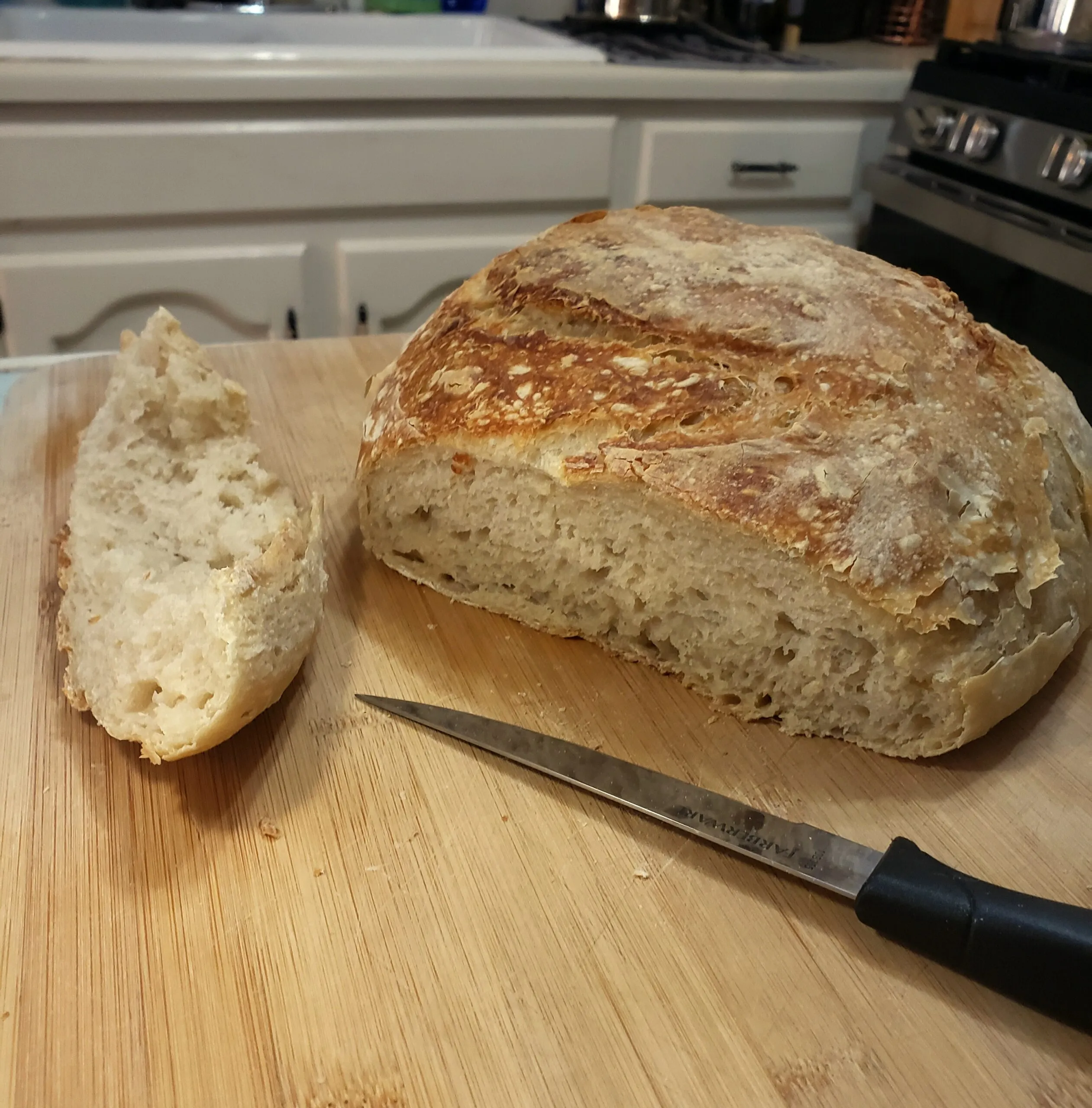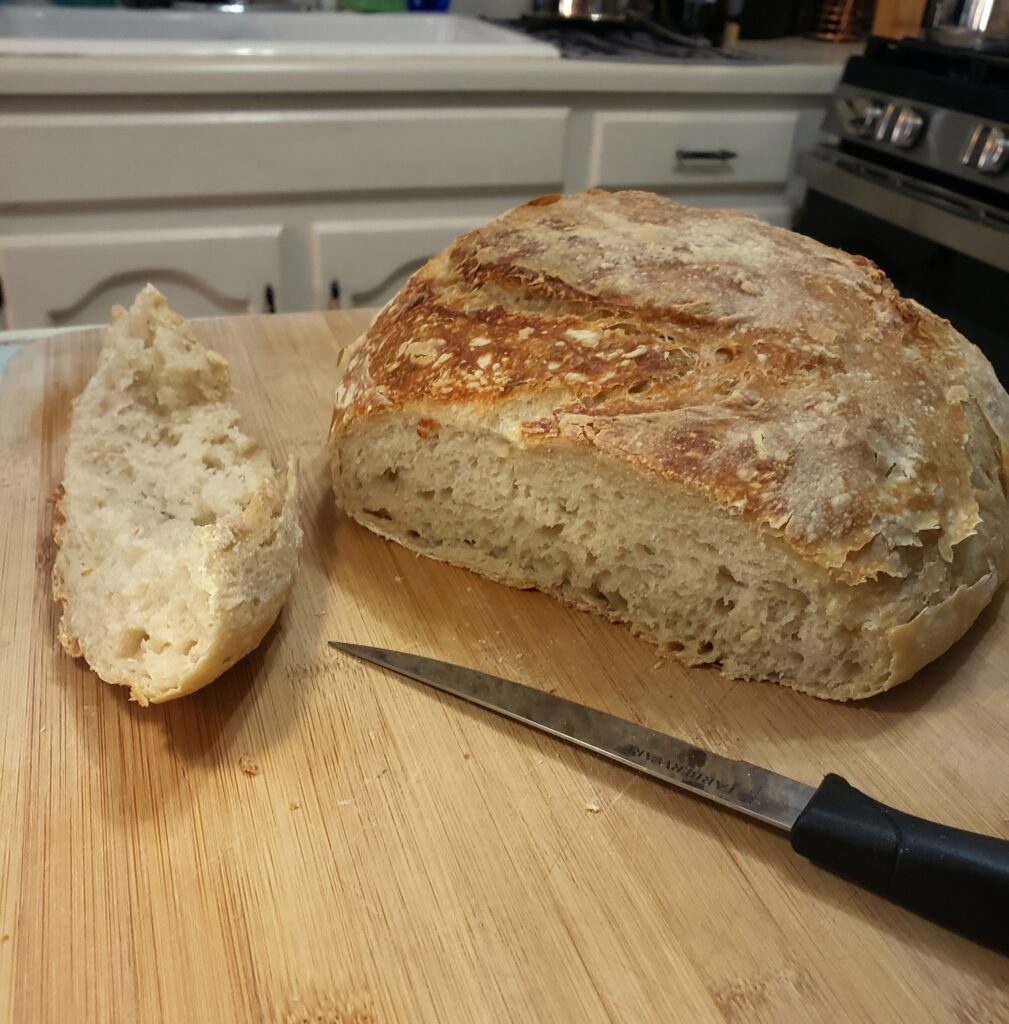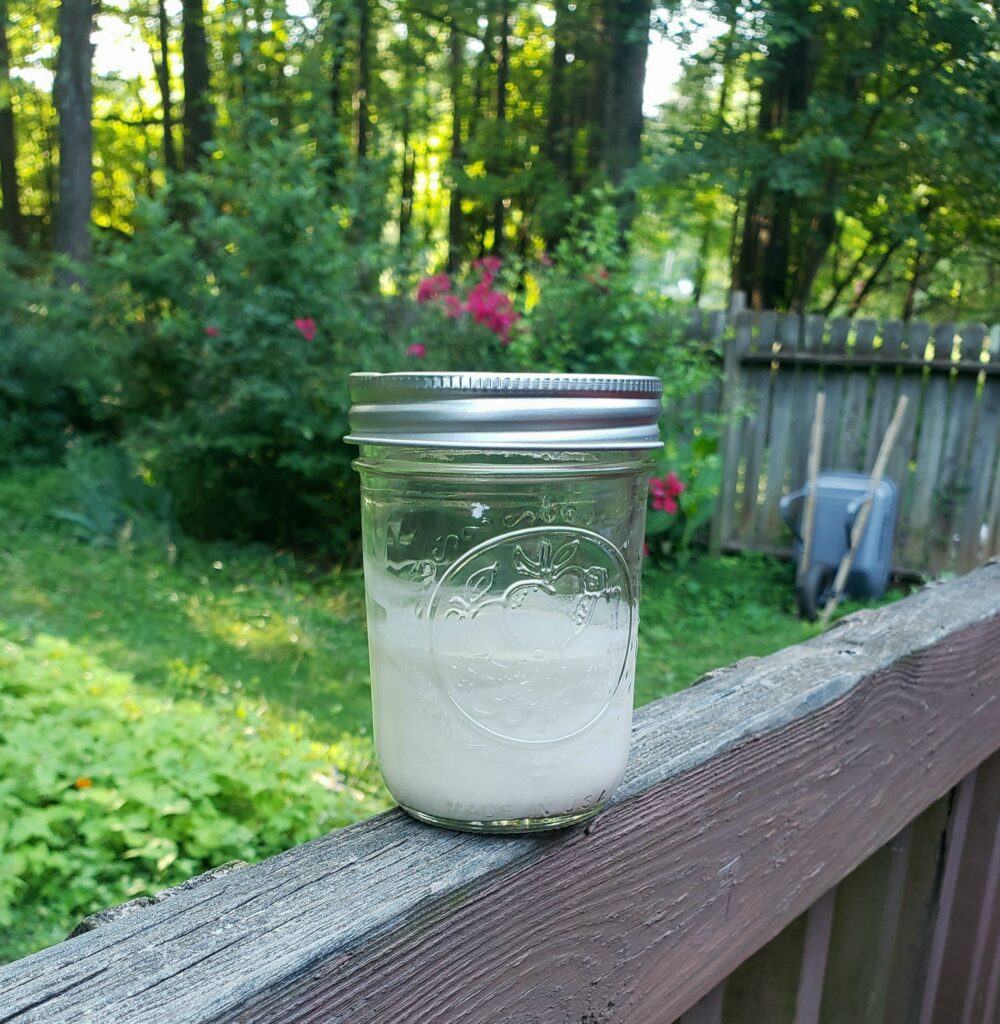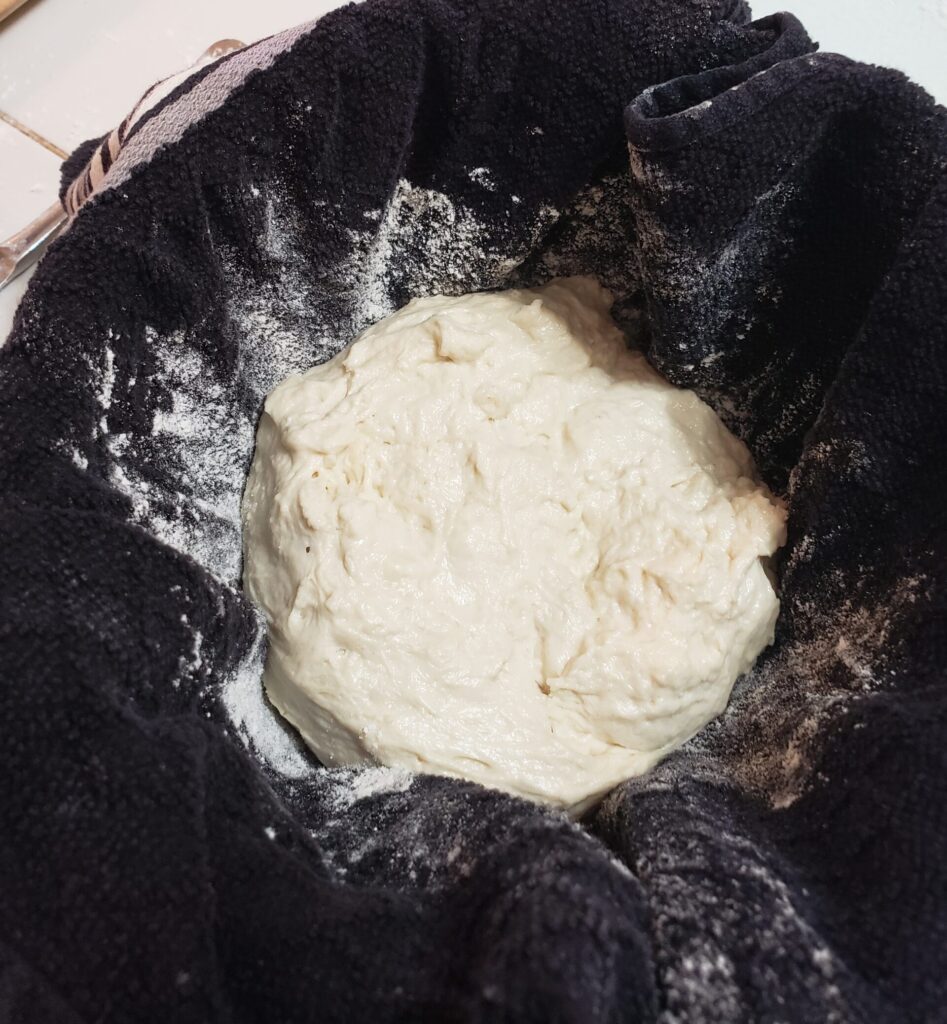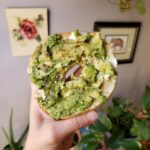Sourdough content is all over the internet, but most of it is buried under a billion ads nobody wants to see. This blog post is a Sourdough Starter care tutorial perfect for the lazy cook (like me) who loves the flavor of fermented bread but does not have all day to devote to baking bread for dinner.
How much flour?
Good news: It doesn’t matter that much! Bad news: That means there’s no straightforward “correct” answer, which is confusing.
Does it take a lot of time?
Yes and no. It does take a lot of hours for the yeast to start bubbling, and hours more for sourdough bread to rise enough to get the perfect texture. But the starter takes almost no time since the only thing you have to do is feed it and there is flexibility in how often you do that.
A method that involves even less time is to keep your starter in the fridge so you don’t have to feed it daily. You can forget about it for weeks or even months, but use good judgment! As long as it smells fermented and alcohol-y (not rotten), shows no visible signs of mold, and isn’t dried out, you’re probably good. I recommend putting the starter in the fridge when it is inactive and sealing the lid to keep out contaminants, but I do open it periodically to prevent pressure buildup. The weird gray liquid that forms on top is normal—just pour it off if there’s a lot, and add that much water back to keep your starter from drying out. This is ideal if you want to cook with your starter less than once or twice a week.
The sourdough starter always has that distinctive flavor, even when it’s not actively bubbling. You can use it as a flavoring in quick breads by adding baking powder or another leavening agent, since the starter alone won’t give your bread enough lift to create the iconic bread texture. This is also a great use for the “discard” you have to skim off to make room in the jar every time you feed your starter. You will have a lot of discard, so I actually use that more than the actual starter!
(Good Chicken Gardens sourdough bread recipe coming soon!)

